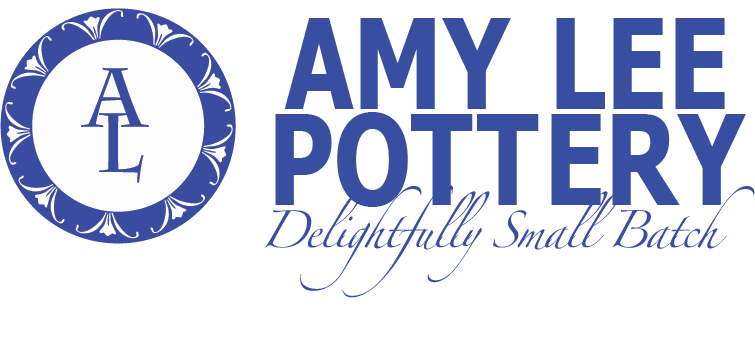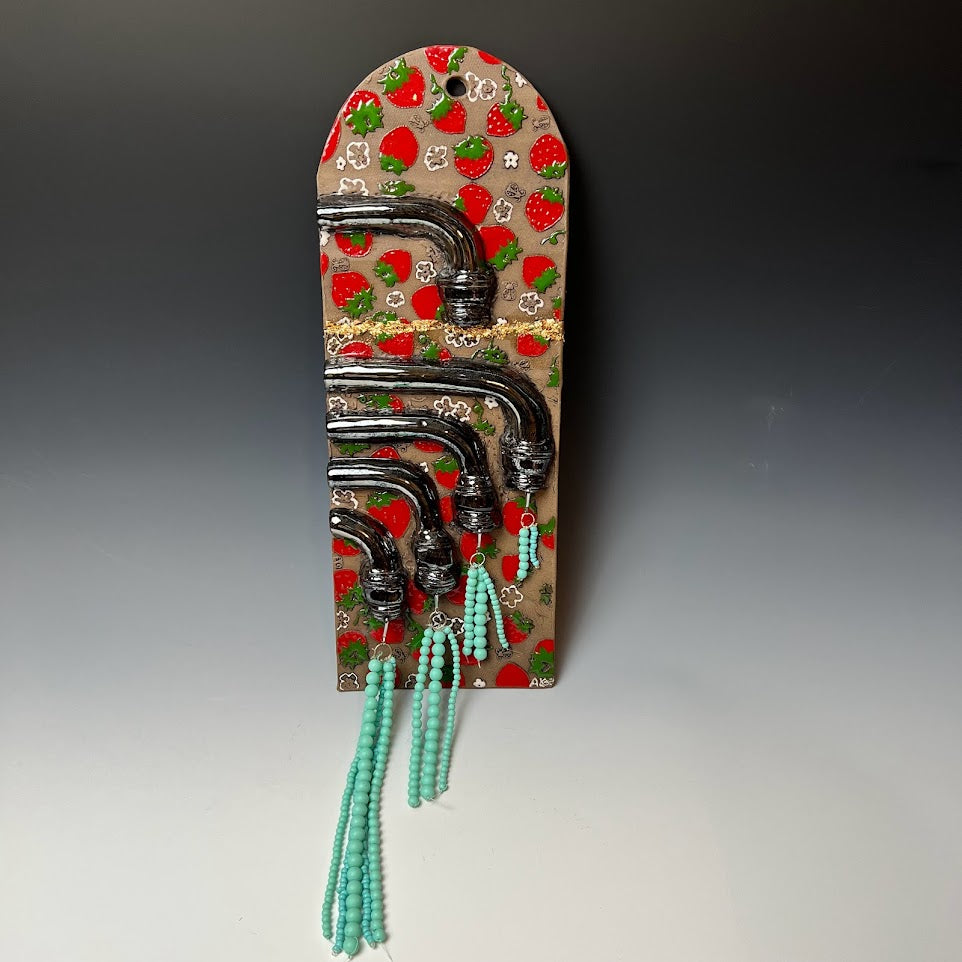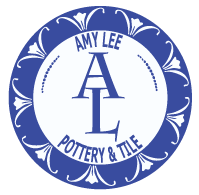Perth is Plentiful with Pottery Provisions! - Perth Part 3
My husband and I say that before we can consider moving to any new place, we have to visit and stay there for at least a few days. I like to add - "and make sure they have pottery supplies!"



Lots of typical Pottery Supplies from Underglazes and Stains to Glaze Mixing Ingredients and pre-made patinas. (See Video Here)
As a part of my exploration of any new place, and the way I like to experience a place is to put myself there in mind and spirit as if I were a resident there. Yes, I like to experience the touristy things too, but more important to me is to get a sense for what it would be like if I were a resident in this new location. My ultimate travel experiences always include the following elements: something water (preferably marine, but lakes work too), something geologic (but getting outside in general very important), something culturally new (possibly even a bit of history), something clay (but all arts will substitute as well), people stories, and new food experiences.



Rollers, Texture Tools, Modeling Tools, Duncan Underglazes - All familiar but perhaps by different brand names.
An important part of being a resident in any location to me led me to one of my goals on my Ceramics Exploration visit to Australia - supplies. I was interested in seeing the supplies that were available? How did they differ from what I can purchase from my local supplier at home? Are the similarities or differences? Are there trends in use of materials from location to location? Does availability of materials affect the quantity, quality, or outcomes of the art produced in an area? Sort of boring marketing info for some, but quite interesting to me.
Perth is the most remote city of more than one million people on a continent on earth. Yes, on earth! It is situated on the far western coast of Australia over 2,000 miles from Sydney and is geographically closer to Indonesia than it is to Sydney. Some quote that it is faster and cheaper to get to Bali, Indonesia than it is to Perth, but I say if you get that far - go to Perth too! More remote locations like Auckland, New Zealand and Hilo, Hawaii, USA trump Perth as islands surrounded by water; however, to the East, North, and South of Perth are vast quantities of land barely inhabited if not inhabited at all. To the west lies the Indian Ocean. It is remote. To get to Perth from the East Coast of the United States took about 40 hours of total travel time including a 15 hour flight from LA to Sydney followed by another 5 hour flight from Sydney to Perth. The nearest city to Perth of over 100,000 people is Adelaide at about 1,300 miles away.
Some other Perth fun facts I learned:
- Unlike some of the other founding Australian colonies built on management of convicts, Perth was a free colony in its origins.
- Perth's coastline on the Indian Ocean hosts some of the most pristine oceanic ecosystems on the globe.
- Like most Australian coastal cities, its growth lies along a winding river - The Swan River in this case.
- Perth relies heavily for drinking water from a desalinization plant producing 140 megalitres of usable water from sea water daily.
- Its population boom occurred from a gold-rush in the late 19th century.
So, given these fun facts - I wondered whether there would be clay makers in Perth at all let-alone supplies available. The good news is - Perth is Plentiful with Pottery Provisions!






Many varieties of clay bodies and paper clays to choose from producers like Walker, Keene, Clayworks, Black Wattle, and Feeney's. It was striking the number of clay bodies available at this globally remote shop.
In Fremantle, just south of Perth's Central Business District lies The Potter's Market. Established in 1975, it is still running strong thanks to owner Julie Drury. In early October 2019, I had the pleasure to visit this business and met Jackie White and Chan McCann who helped show me around and answered my questions.



Lots of charts to help guide finished appearances.
One thing that stood-out to me as different from the regular supplies available at my local supplier was the number of pre-mixed clay bodies in many color varieties of Paper Clay. In general I found the clay color options to be more than what we are typically seeing as easily available and regularly used in the USA. Something that was new to their market were mason stains sourced from the USA actually. I asked about a few products that I had not heard about and some were old-stock items that no one uses anymore and artist's are not really certain what to do with anymore. I asked about any prevalence of China Painting in the local market since it is seeing a slight resurgence in the USA primarily in attempts to preserve this dying decorating form; however, they are not seeing a similar trend yet there.






Something interesting about our conversation had to do with the Indigenous Australian's use of clay being that of one that is just beginning. I had a question on social media from someone asking me to take a lot of pictures of the indigenous clay works I could find. Interestingly, clay until recently was not a traditional craft form for the Indigenous people of Australia. I learned that in some parts of the far northern Australia some people historically who would have had access to some clay materials for creation of utilitarian wares, but until recently most of the descendants of the original inhabitants of Australia used other resources available to them during their Dreamtime creative expressions. This included primarily weavings and paintings with natural ground minerals or sand paintings. The beginnings of indigenous patterns as art on pottery stemmed from collaborations between potters with particular indigenous painters adding traditional patterns after the work was fired often in cold-finishes of acrylic or polymer-based paints. More recently, near Perth, some potter's helped build a kiln for the local indigenous crafters and the clay community is excited to see how this might influence the art forms there.
All potter's and clay enthusiasts near Perth have a wealth of options in The Potter's Market. I heard from many individuals that I spoke while in Perth that Julie's wealth of knowledge (over 30 years experience) and desire to maintain this shop as a resource is greatly appreciated. In fact, many referred to her as the go-to person if anyone has questions in the area! That's some weight to bare for the local clay community which Julie does beautifully. After my visit, I realized, I could really be a potter in Perth - the supplies are like what I have at home now - maybe even some new interesting things to try out that I don't have easy access to! I certainly do hope to be back one day Potting in Perth!




